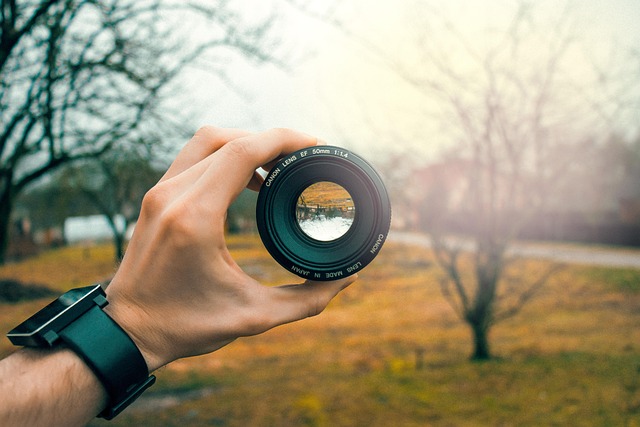When you pick up your camera and look through the viewfinder, you might not realize that a crucial element of your photographic experience is unfolding through something as seemingly simple as a number: the focal length. This magic number holds the key to how your images are composed and perceived, influencing both the optics at play and the exposure in your shots.
Focal length, measured in millimeters, defines the distance between the lens and the image sensor when the subject is in focus. It’s more than just a technical specification; it shapes your vision as a photographer. A wide-angle lens, for instance, has a short focal length—usually 24mm or less. This allows for expansive landscapes or tight interiors, making you feel as if you are standing in the scene rather than merely capturing an image. The feeling of encompassing a whole environment in one frame can be exhilarating, inviting viewers to lose themselves in the moment captured.
Conversely, a telephoto lens with a longer focal length, such as 200mm or more, can create stunning portraits that leverage background blur to highlight your subject. With every click of the shutter, the emotions of your subjects can be magnified, pulling the viewer’s focus to the nuances of expression and detail. This compression effect—where elements in the frame seem closer together—transforms ordinary images into intimate storytelling moments.
Understanding how focal length interacts with exposure is pivotal for anyone serious about photography. Each lens brings its unique character; for instance, wide-angle lenses often require careful exposure management because they can capture more light, leading to a greater risk of overexposure in bright conditions. Mastering these technical aspects will not only enhance your ability to capture the world but will also bolster your confidence behind the camera.
As you explore different lenses, think about the emotions and stories you want to convey through your photos. The optics of focal length can evoke feelings that resonate deeply with viewers. Do you want them to see the vastness of a breathtaking landscape or feel the intimacy of a close relationship? Your choice of focal length is instrumental in shaping that narrative, guiding your viewers’ eyes and hearts through your photographic journey.
In practical terms, remember that there’s no one-size-fits-all answer when it comes to focal length. Experiment with various lenses and approaches; this will help you discern what feels right for each situation. Every photographer embarks on their unique path of discovery, and understanding the powerful role of focal length can enhance that adventure by adding layers of depth and narrative to your work.
Ultimately, becoming a master of focal length is not just about numbers or technical settings, but about the connections you create with your environment and audience. With every photo, you wield the ability to shape perception, invoke emotion, and tell your story, one focal length at a time.



